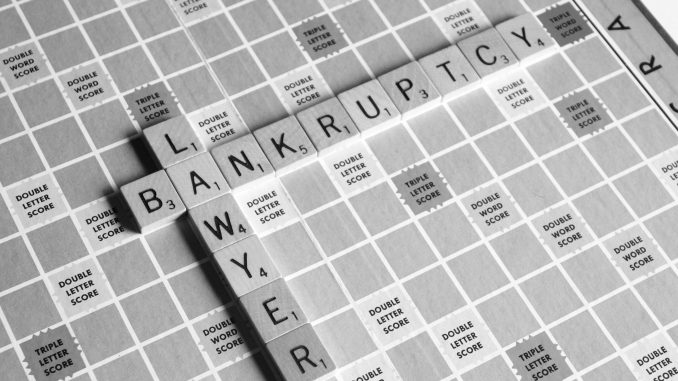
Bankruptcy is a personal decision and should be a private process between you, your attorney, and the federal court system. The reasons for filing a petition range depending on the circumstances.
In 2017, approximately 12.8 million consumers filed bankruptcy petitions. The process is about starting fresh, and knowing what to expect elevates further anxiety and stress.
Table of Contents
Understanding Bankruptcy
Bankruptcy proceedings are a way through federal law to seek help with financial struggles. Bankruptcy puts a stop to collection agencies harassing you for the money you do not have until the court sorts out all debt.
Bankruptcy can do a variety of things for a person’s financial wellbeing.
First, it eliminates most or all of a filer’s debt. Also, it stops foreclosures on property to allow a homeowner to catch up on payments. With that said, it does not eliminate mortgages; it simply lends a helping hand with them.
Filing for bankruptcy prevents a vehicle or other property from repossession.
Debt collection, wage garnishments, and creditor harassment is part of what bankruptcy can put a stop to. The constant stress of mailers and phone calls exasperates financial anxiety. The ability to challenge creditors is part of the deal, too. In the case of overcharges and possible fraud, contesting is your right.
Bankruptcy Limitations
Bankruptcy is not a fix-all. Also, it is not right for everyone.
Secured loans are not forgivable. It means that when home mortgages or vehicles are collateral for a loan, bankruptcy does not prevent it from being taken or repossessed.
Alimony, child support, student loans, court fines or restitution, and some taxes are exempt from bankruptcy and considered discharge types of debt.
Types of Bankruptcy
Four types of bankruptcy are available for those who wish to file a petition.
Chapter 7 is the most common and known as “straight” bankruptcy. A debtor must sell any property that exceeds limits referred to as “exceptions” in order to pay off creditors.
Chapter 11, referred to as “reorganization,” is primarily used by businesses that bear a considerable weight of debt. Individuals with massive debt may also qualify for reorganization.
Chapter 12 bankruptcy works to help family farmers with debt.
Chapter 13, also known as “debt adjustment,” allows a debtor to file a plan that includes how they will pay their debt from their current income.
Most people will file under Chapter 7 or Chapter 13. In both cases, married people can file jointly.
Bankruptcy Court
Most bankruptcies involve going to court proceedings called “meeting of creditors.” A debtor must meet with the bankruptcy trustee and any creditors who decide to appear before the court.
The court appearance should be short and straightforward. The debtor answers questions about the various forms and overall financial situation.
However, complications do arise. It is why having a lawyer as an advocate saves burdensome headaches. An example is if someone wishes to dispute a specific debt, a judge will order a hearing. The notice and date come through Kentucky bankruptcy lawyers.
The US code No. 11 USC sec. 525 keeps the government and private employers from discriminating against someone who has filed for bankruptcy.
The court requires a debtor filing for bankruptcy to live in their current state for 91 days. If they have not, they must wait or file in their former state.
Breaking Down Reasons for Bankruptcy
Medical expenses make up around 62% of bankruptcies in the United States. Health insurance does not prevent people from medical-related expenses.
Businesses cut expenses, and that often means workers take a hit in pay. Reduced income makes that employee eligible for bankruptcy.
Even when there is a substantial severance package, job loss drains savings and assets. Bankruptcy is sometimes the only option.
Divorce costs everyone involved. Loss in income, assets, and is a subject to a partner’s debts is all part of the process of separation. Bankruptcy is sometimes the only solution.
Unexpected expenses, student loans, and foreclosures happen. It does not speak negatively to the petitioner; it merely means life happened, and you need financial relief.
The Steps to File Bankruptcy
The first step when filing for bankruptcy in Kentucky is undergoing credit counseling for six months. You must also complete a financial management instructional after filing.
It takes time to gather paperwork and fill out forms. It is another reason why having an attorney is the best way to approach filing for bankruptcy. Having a guiding hand and advocate reduces the anxiety and stress that financial matters brings.
Kentucky bankruptcy attorneys eliminate the guessing game from filing a petition. The best way to approach bankruptcy is by hiring a lawyer to make the process as smooth, swift, and efficient as possible.

Leave a Reply